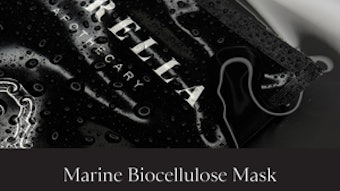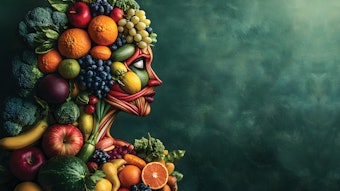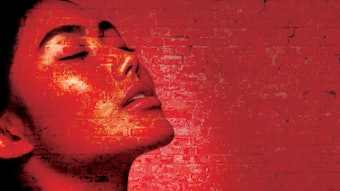Another reason to keep skin vital and fresh has arisen, with new research pointing out people use others' skin color and tone to determine how healthy they are.
People use the color of your skin to judge how healthy you are, according to researchers at the University of St Andrews. Scientists in the School of Psychology have shown there is truth to the received wisdom that a "rosy" complexion denotes healthiness, whilst a "green" or "pale" color indicates illness.
Lead researcher Ian Stephen worked with the University's Perception Lab to determine how face color is associated with healthy looks. Several monkey species use redness in their faces or sexual skin to advertise their health status and to attract mates. The team was keen to discover whether similar mechanisms were at work in humans.
Stephen said, "Parents and doctors know that when you get ill, you can end up looking pale. Our research goes further and shows that even young, healthy university students can benefit from a complexion reflecting more blood and more oxygen in the skin."
The team from the University of St Andrews first measured how skin color varies with the amount of blood and oxygen in the blood. These measurements were used with computer graphics to allow research participants to change the color of the faces in the photographs to look as healthy as possible. The team found that, for all faces, participants added more oxygen rich blood color to improve the healthy appearance.
Stephen continued, "Our skin contains many tiny blood vessels that carry blood laden with oxygen to the skin cells, allowing them to "breathe", and allowing us to lose heat during exercise. People who are physically fit or have higher levels of sex hormones have more of these blood vessels and flush easier than people who are unhealthy, unfit, elderly or smokers. Physically fit people also have more oxygen in their blood than people who are unfit or have heart or lung illnesses."
Professor Dave Perrett, head of the Perception Lab commented, "Our evaluators all thought that bright red blood with lots of oxygen looked healthier than darker, slightly bluer blood with lower oxygen levels. It is remarkable is that people can see this subtle difference. "This may explain why some people with very red faces do not look so healthy; the color of their blood may be wrong. So it's not just the amount of blood that's important; it's the type of blood that determines healthy looks".
The research shows that people use the color of the blood in your skin to judge how healthy you are. "Since your attractiveness relies upon how healthy you look, you might be able to make yourself more attractive by being kind to your heart and lungs in doing more exercise or quitting smoking," concluded Stephen.
Journal reference: Stephen et al., Skin Blood Perfusion and Oxygenation Colour Affect Perceived Human Health. PLoS ONE, 2009; 4(4): e5083 DOI: 10.1371/journal.pone.0005083
Adapted from materials provided by Public Library of Science, via EurekAlert!, a service of AAAS.
ScienceDaily, March 31, 2009










